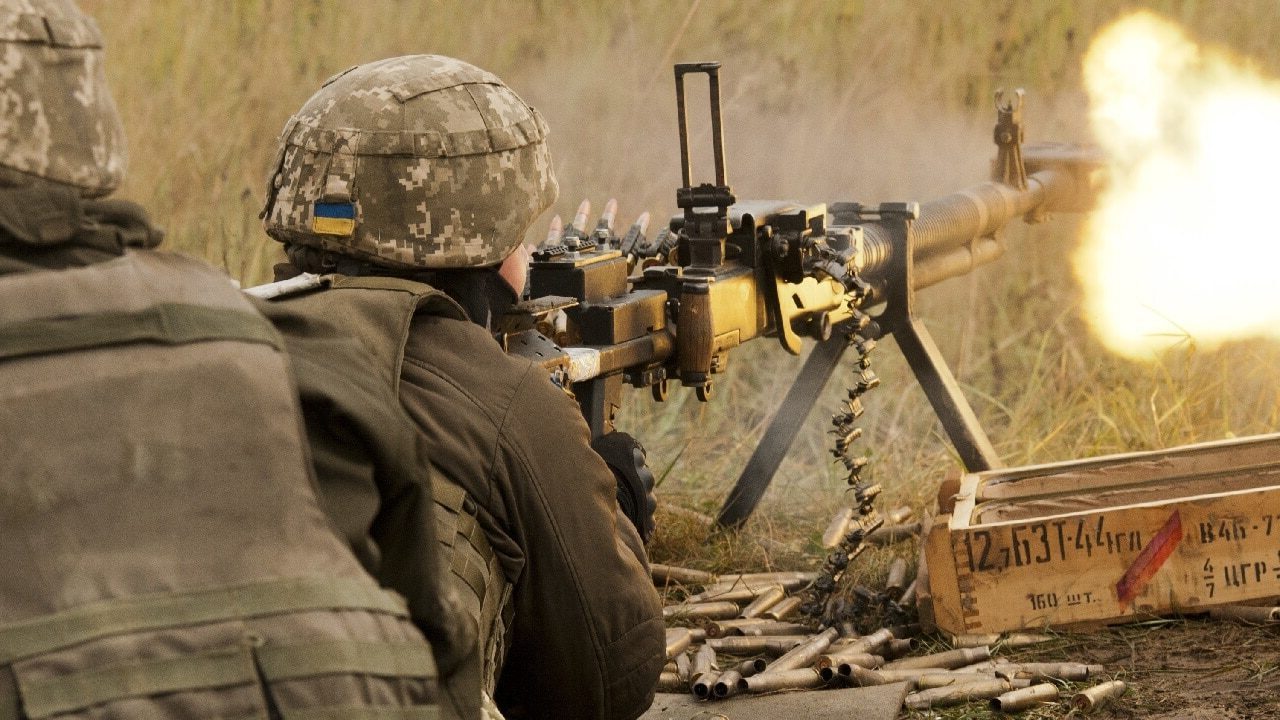Ukraine’s special forces have been a key element of Ukraine’s ability to hold the line against Russia’s February 2022 invasion of the country, a role they are likely to continue to fill far into the future. These units have proven instrumental in halting Russian attacks and hampering the ability of Russian units to operate effectively.
What Special Forces Does Ukraine Have at its Disposal?
The umbrella of Ukrainian special forces includes both military and civilian security service elements. One of the largest and most well-known components of Ukraine’s special forces is Alpha Group. As a constituent part of the Security Service of Ukraine (otherwise known under its Ukrainian initials SBU), Alpha Group officially has a major role in the agency’s counterterrorism and counterespionage responsibilities. The other major element of Ukraine’s special forces is the Special Operations Forces, which is an independent branch of the Ukrainian Armed Forces in its own right. These forces have a wide portfolio that overlaps with the SBU’s Alpha Group.
Although Ukraine’s Special Operations Forces would not be stood up as an independent branch until 2016, they nonetheless were the first non-NATO special operations force to be certified as a special operations force by NATO and to be granted the ability to take part in the NATO Response Force. Ukraine’s special forces fought in the early battles of Russia’s invasion of eastern Ukraine in 2014 after its seizure of Crimea, which might have helped to demonstrate the value of such forces to Kyiv. Other elements of the Ukrainian national security and homeland security architecture can arguably be placed under the umbrella of Ukrainian special forces as well, such as the Rapid Operational Response Unit (KORD), but SBU’s Alpha Group and the Special Operations Forces are by far the largest and most important in Ukrainian service today.
What Role Have Ukraine’s Special Forces Played in Defending Against Russia’s Invasion?
By the time Russian troops began to pour across the Ukrainian border, Ukraine’s special forces organizations had reached particularly high levels of readiness. For years, Ukrainian special forces have been training with their U.S. and Western counterparts, which has allowed the size of Ukraine’s corps of special forces to practically double in size since 2014. Since Russia’s invasion, Ukrainian special forces have actively assisted the rest of Ukraine’s armed forces in a variety of ways. This mission set includes actions as varied as helping to direct Ukrainian artillery fire, reconnaissance, targeting the supply chains and logistics of Russian forces, and supporting the activities of Ukrainian partisans operating behind Russian lines. As a result, the special forces of friendly states in Europe have sought to analyze Ukrainian successes to draw their own conclusions and lessons of what the future of special forces warfare with a peer adversary could look like.
Despite their strong performance on the battlefield, Ukraine’s special forces have likely taken heavy casualties in their efforts to defend Ukraine. Nonetheless, Kyiv’s special forces appear to still have the will and ability to operate behind Russian lines and will likely continue to wreak havoc there in the future.
Although the current Russian invasion has proved to be a baptism of fire in modern interstate conflict for the entire Ukrainian military, Ukraine’s special forces have proven to be more than up to the task of fulfilling their roles in the toughest of situations.
Wesley Culp is a Research Fellow at the Center for the Study of the Presidency and Congress. He regularly writes on Russian and Eurasian leadership and national security topics and has been published in The Hill as well as in the Diplomatic Courier. He can be found on Twitter @WesleyJCulp.

